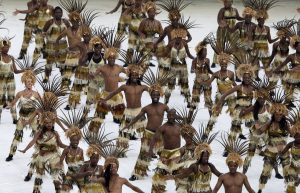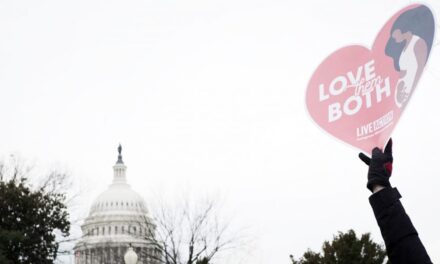
By Tashi McQueen,
AFRO Political Writer,
tmcqueen@afro.com
Historically, Black people have had to find ways to uplift one another and celebrate life— even in the face of racism and inhumane treatment.
As the Black community celebrates Juneteenth, the AFRO is considering how African Americans and their ancestors have used their creativity to rebel, come together and make their mark in American history.
Before slave trade to the Americas in the 1700s, dance and music were central to daily African life. According to the Library of Congress, music was weaved throughout death ceremonies, coming-of-age ceremonies, birthdays and more.
White colonizers frowned upon African-style worship and celebrations, often banning or censoring them.
“Dance is a natural outlet that is especially important for Black people, as our voices were often silenced,” said Cheryl Goodman, founder and director of Dance Baltimore.
“Dance is stress relieving and communal, healing and joyful,” Goodman continues. “It brings a wide variety of people, professions, generations, and income together.”
Even today, Black dancers tell the stories of the past through dance. “Suite: Brown Rice,” hosted by Dance Baltimore, an art service company, “takes audiences through a visual evolution. From a peaceful, beautiful world of nature into a world of human aggression until the advent of peacemakers brings us back to peace and tranquility.”
“I wish more people would allow themselves to dance,” said Goodman. “It’s good for your spirit and soul.”
Some of the earliest African-American expressions of song came through Negro spirituals and other folksongs African Americans performed throughout the 18th and 19th centuries. A few of the most notable were “Swing Low, Sweet Chariot,” “Deep Down in My Heart,” and “Jesus Lead Me All The Way.” The songs told of the sorrow, hope and inspiration of the lives of Black people through the Bible. Spirituals were also used in protests and to send coded messages to one another.
“We Shall Overcome” is a tune that became an anthem of the Civil Rights Movement, and “Lift Every Voice and Sing,” an ode to Black strength and perseverance, is the Black National Anthem.
Similar to song and dance, theater— which often merges the two art forms— has been used to bring people together for entertainment and education on Black history and Black issues.
According to a study by Grayling Williams, early African-American theater desired to challenge Black character tropes created by White people. With little control of their own image on the stage, in the past, others created characters and story plots that demeaned Black people. Today Black stories are on Broadway.
The African American presence on “The Great White Way” can’t be denied, as today’s offerings include plays written by Black playwrights and stories directed by Black professionals and characters brought to life by respected Black actors. By eliminating Blackface and creating musicals that humanize Black people through relationships, uplifting the beauty of Black women and hiring solely African Americans, the stereotypes of yesterday were transformed.
Tashi McQueen is a Report For America Corps Member.
Related articles:
Baltimore-symphony-orchestra-gives-the-gift-of-representation
Test-your-knowledge-of-black-holiday-movies-and-music-this-season-with-black-holiday-trivia
Tina-turner-musical-shimmies-into-charm-city
Baltimore-masters-share-wisdom-on-the-ministry-of-music
black-films-thrive-at-sundance-film-festival-2022-roundup-article
The post Telling our story: the Black traditions of dance, song and theater appeared first on AFRO American Newspapers .











